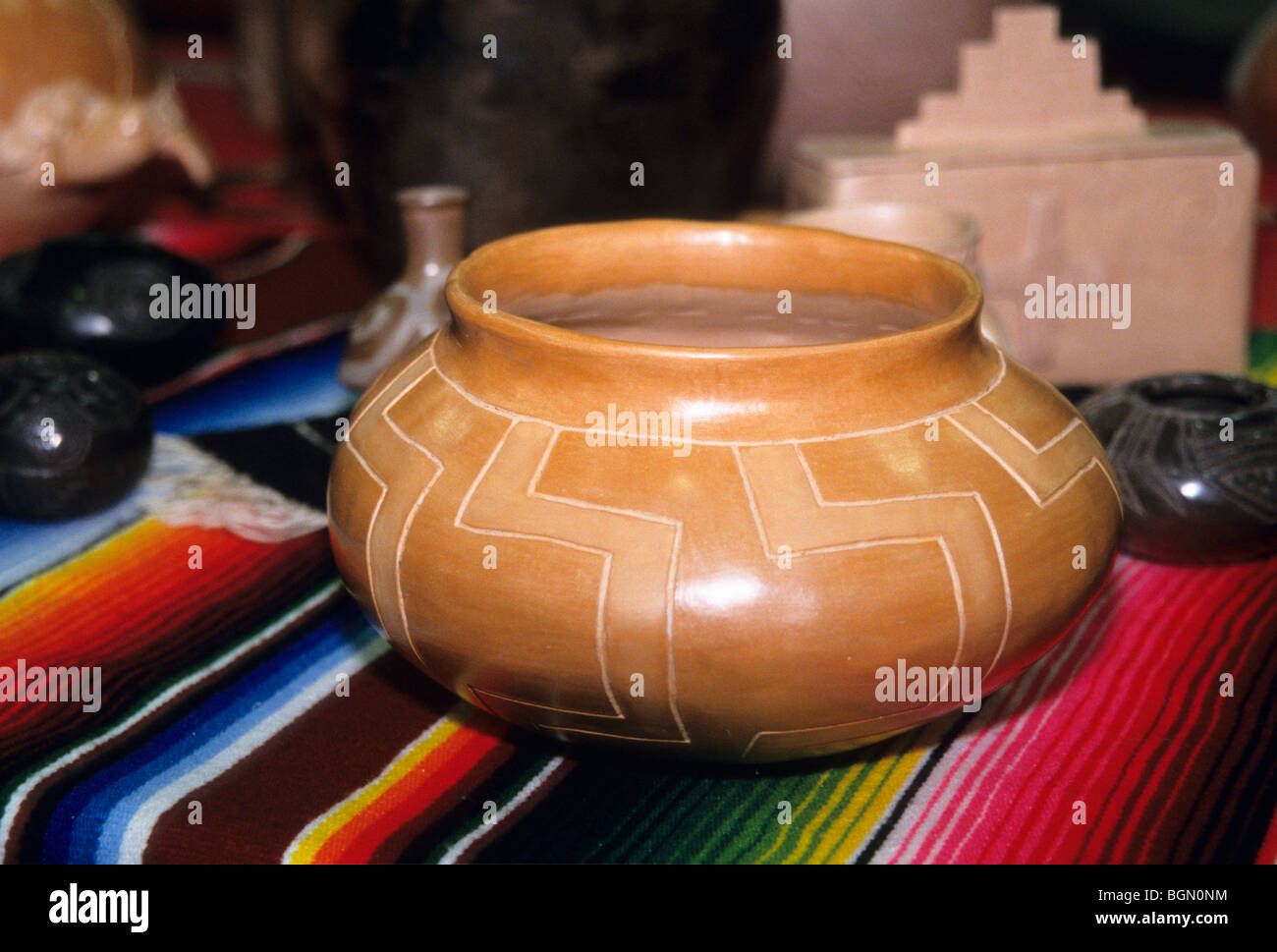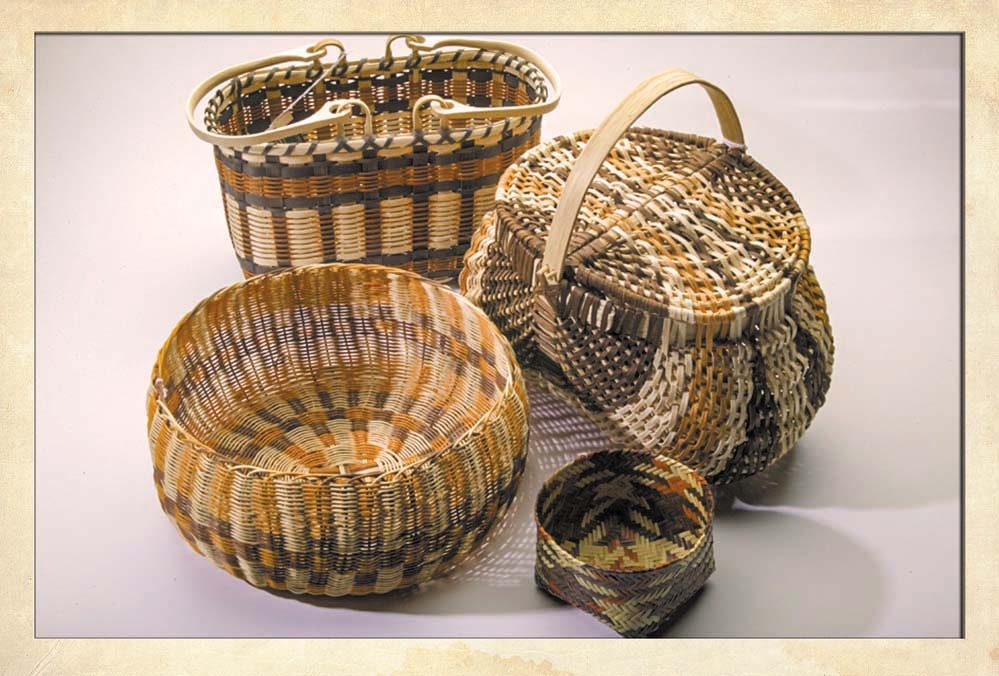
Echoes of Tradition: The Enduring Artistry of Oklahoma’s Cherokee Nation
In the heartland of northeastern Oklahoma, where rolling hills meet verdant river valleys, lies the vibrant cultural epicenter of the Cherokee Nation. Here, amidst the bustling contemporary life, a profound connection to the past endures, meticulously woven, carved, and painted into existence through the timeless practice of Cherokee arts and crafts. These are not mere decorative objects; they are living testaments to resilience, identity, and the unbroken spirit of a people who have faced immense challenges yet continue to thrive, their stories and traditions pulsating through every intricate design.
From the delicate pliability of river cane baskets to the earthy wisdom of traditional pottery, and the vibrant storytelling of beadwork, Cherokee artistry in Oklahoma serves as a vital conduit to ancestral knowledge. It is a language spoken through the hands, a visual chronicle of history, philosophy, and the deep reverence for the natural world that has always defined the Cherokee way of life. For many, these crafts represent not just a skill, but a spiritual inheritance, passed down through generations, ensuring that the whispers of their ancestors resonate loudly in the present day.
The journey of Cherokee arts and crafts to Oklahoma is inextricably linked to one of the darkest chapters in American history: the Trail of Tears. In the 1830s, the forced removal of the Cherokee people from their ancestral lands in the southeastern United States to Indian Territory (present-day Oklahoma) brought unimaginable suffering and loss. Yet, even amidst this profound trauma, the spark of cultural expression was not extinguished. As the Cherokee rebuilt their lives in a new land, their artistic traditions became crucial anchors, silent forms of resistance, and powerful reminders of who they were and where they came from. The skills carried across the thousands of miles – basket weaving, pottery, carving, and textile work – became not just practical necessities but also profound acts of cultural preservation, a way to maintain identity when everything else seemed lost.
One of the most iconic and enduring forms of Cherokee artistry is basketry. Historically, baskets were indispensable tools for daily life, used for gathering, storage, sifting, and even cooking. Today, they are revered as high art, celebrated for their intricate patterns, meticulous craftsmanship, and the stories they embody. Traditional Cherokee baskets are primarily woven from river cane, a material that requires significant effort to harvest, split, and prepare. Weavers also utilize honeysuckle vine and white oak splints, each material lending its unique texture and color. The signature "double weave" technique, where two layers are woven simultaneously to create a basket that is finished on both the inside and out, is a hallmark of Cherokee excellence, a testament to the weaver’s profound skill and patience.
"A Cherokee basket is more than just a container; it’s a conversation with the land and with our ancestors," explains a master weaver, her fingers deftly manipulating splints of cane. "Every strip, every weave, every pattern tells a part of our story, of our connection to the river, the forests, and the hands that taught us." The geometric designs, often depicting natural elements like mountains, waves, or diamondback rattlesnakes, are not merely decorative but carry deep cultural significance, reflecting the Cherokee worldview and their intimate relationship with their environment. The resurgence of river cane basketry in recent decades is a powerful testament to the community’s dedication to reclaiming and revitalizing these precious traditions, ensuring that the knowledge of sourcing, preparation, and weaving is passed to new generations.
Equally significant is the art of Cherokee pottery. Traditionally hand-coiled and fired in open pits, Cherokee pottery is characterized by its organic forms and the distinctive surface treatments achieved through burnishing and intricate incising. While the utilitarian function of pottery has largely been replaced by modern materials, the artistic and cultural value remains immense. Contemporary Cherokee potters often work with local clays, maintaining a connection to the earth that provided for their ancestors. They meticulously hand-coil each piece, shaping vessels that might be inspired by ancient forms found in archaeological sites or infused with modern interpretations of traditional designs. The firing process, often done outdoors, imbues the pottery with unique earthy tones and textures, making each piece a singular creation.
"When I work with clay, I feel a direct link to the women who shaped pots for their families hundreds of years ago," shares a Cherokee potter, her hands dusted with ochre. "It’s a spiritual process, transforming earth into something beautiful and meaningful. Each piece carries a bit of our collective soul." The designs often incorporate elements like the four directions, the sun, or water, symbolizing fundamental aspects of Cherokee cosmology and daily life. The revival of traditional firing techniques and surface decoration is a testament to the ongoing efforts to ensure the authenticity and continuity of this ancient art form.
Beyond basketry and pottery, the artistic landscape of the Cherokee Nation encompasses a rich array of other crafts. Wood carving, for instance, produces everything from ceremonial masks and effigy pipes to utilitarian tools and decorative animal figures. Carvers often work with native woods like cedar, walnut, and buckeye, bringing out the inherent beauty of the grain while imbuing their creations with spiritual or narrative meaning. Stone carving, particularly of pipestone, yields sacred pipes used in ceremonies, intricately detailed with animal figures or human forms, each a testament to the carver’s skill and spiritual understanding.
Beadwork is another vibrant and highly expressive art form. Traditionally, beads were made from shells, bone, seeds, or porcupine quills. With the introduction of glass beads through trade, Cherokee artists embraced this new medium with fervor, developing intricate patterns and techniques. Today, beadwork adorns everything from traditional clothing and moccasins to contemporary jewelry and decorative items. The dazzling colors and meticulous arrangements of tiny beads tell stories, signify clan affiliations, and express individual creativity, each bead a tiny prayer or a shimmering piece of history. Finger weaving, a technique used to create sashes and belts without a loom, also remains a cherished craft, producing durable and beautifully patterned textiles that are both functional and symbolic.
The modern era has seen a powerful resurgence and revitalization of Cherokee arts and crafts in Oklahoma, largely spearheaded by the Cherokee Nation itself. Institutions like the Cherokee Heritage Center near Tahlequah, the capital of the Cherokee Nation, play a pivotal role. The Center houses museums, a cultural village, and hosts numerous events, including the annual Cherokee National Holiday Art Show, which draws artists and collectors from across the globe. These venues provide critical platforms for artists to showcase their work, educate the public, and ensure the economic viability of these traditions.
Education is at the forefront of preservation efforts. The Cherokee Nation actively sponsors workshops, classes, and mentorship programs, connecting master artists with eager apprentices. This intergenerational transfer of knowledge is crucial, ensuring that techniques and stories are not lost. Contemporary Cherokee artists are also pushing boundaries, blending traditional motifs and techniques with modern aesthetics, creating dynamic pieces that speak to both their heritage and their present-day experiences. This innovation ensures that Cherokee art remains a living, evolving tradition, relevant to a new generation.
"Our art is our identity, our history, and our future," states a cultural preservationist with the Cherokee Nation. "By supporting our artists and teaching our children these skills, we are not just preserving a craft; we are strengthening the very fabric of who we are as a people. We are ensuring that the echoes of our ancestors continue to resonate, strong and clear, for generations to come."
In conclusion, the arts and crafts of the Cherokee Nation in Oklahoma are far more than aesthetically pleasing objects. They are vital cultural artifacts, imbued with the spirit of resilience, the wisdom of ancestors, and the enduring creativity of a people who have triumphed over adversity. Each basket, pot, carving, and beadwork piece is a testament to an unbroken chain of tradition, a vibrant expression of identity, and a powerful declaration that the heart and soul of the Cherokee Nation beat strong, woven into every fiber, shaped by every hand, and etched into every design. To experience these crafts is to connect with a profound narrative of survival, beauty, and unwavering cultural pride.



